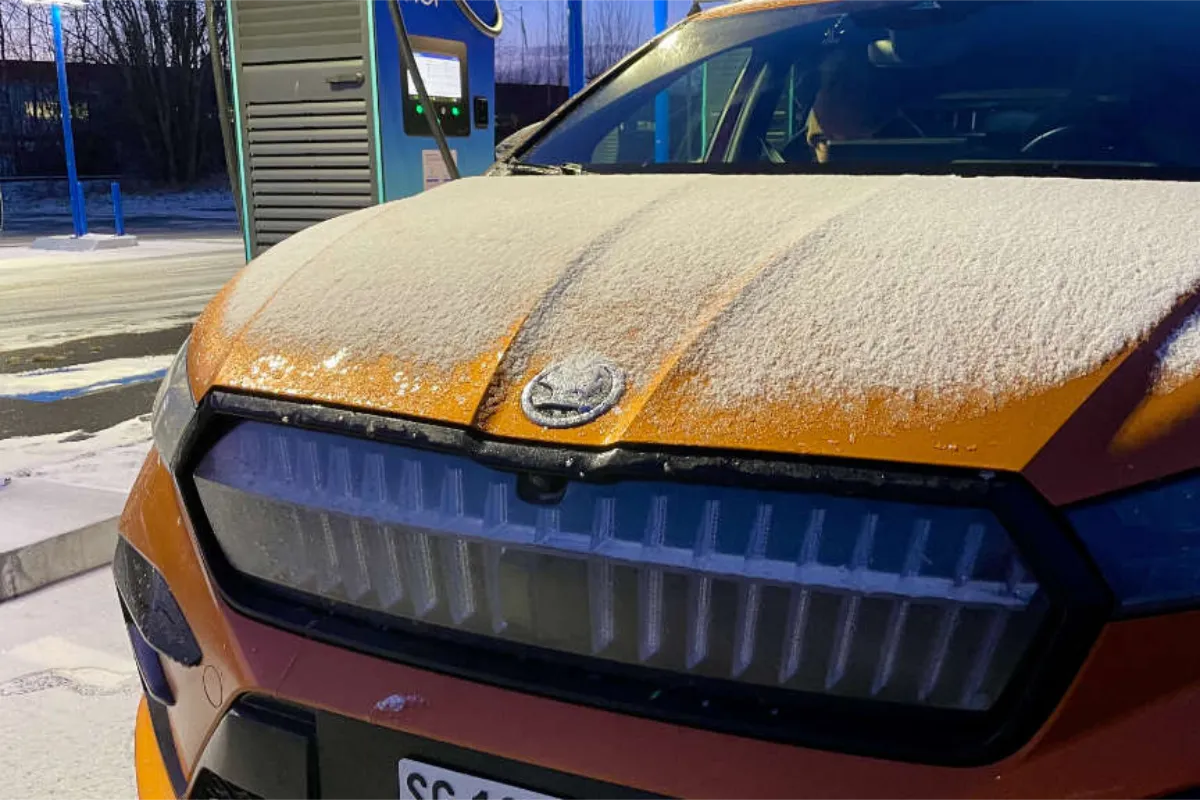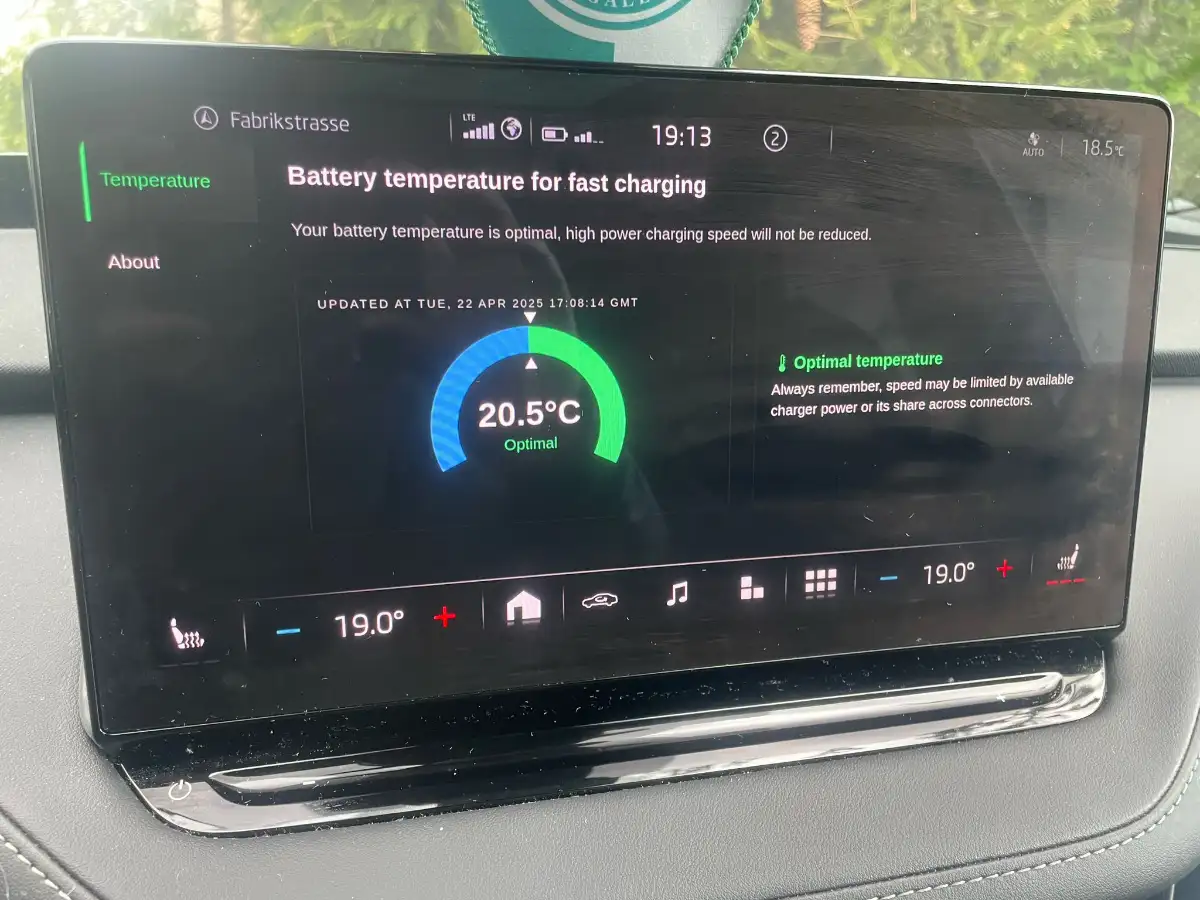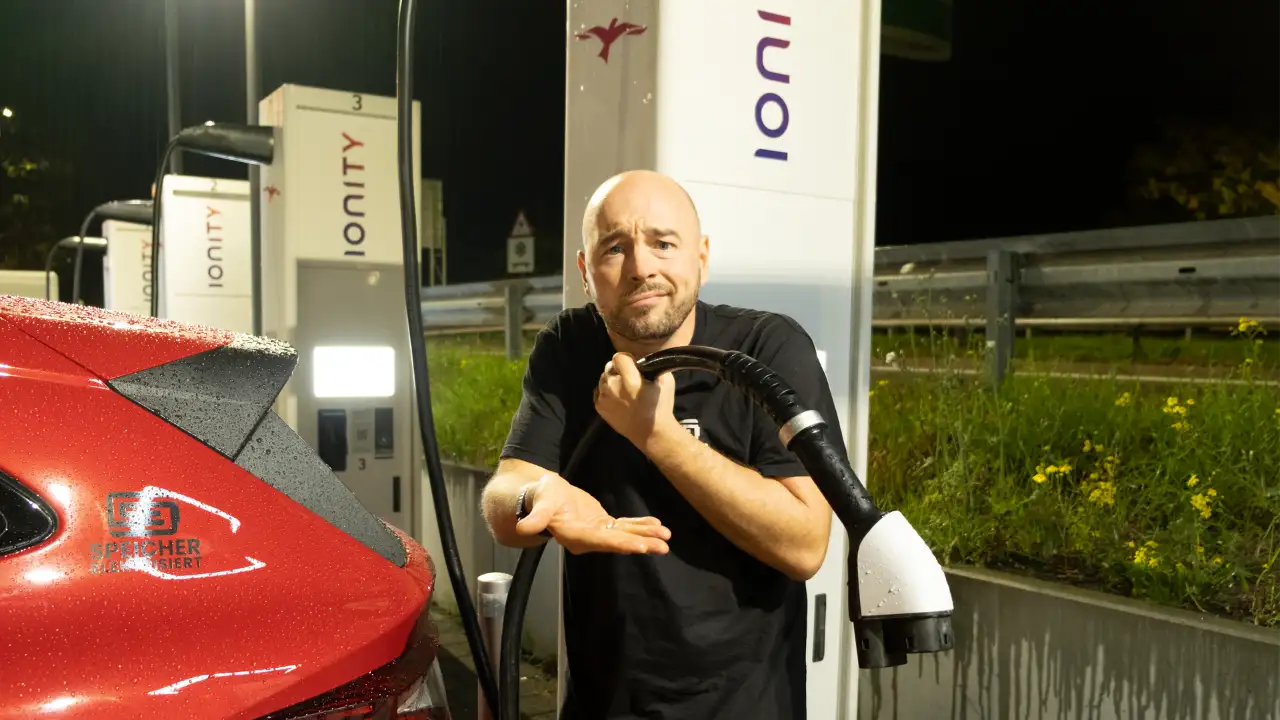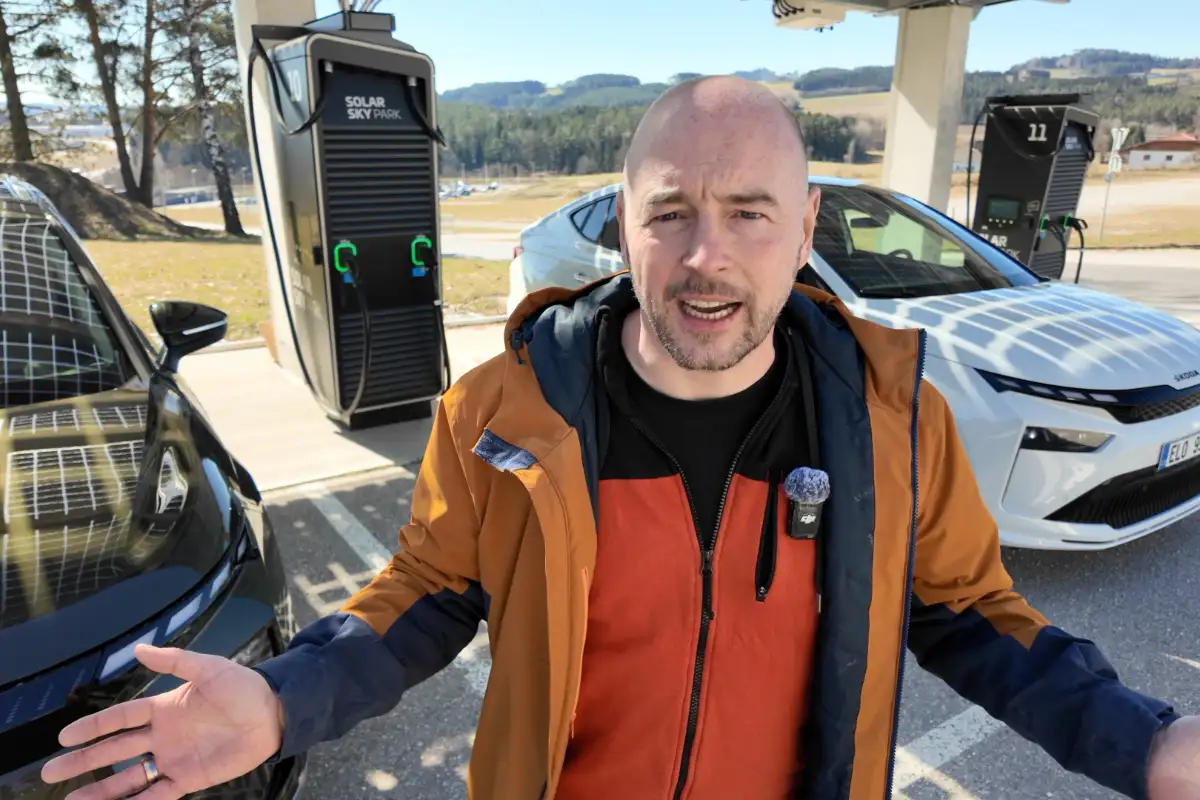Last summer, I tested the real-world efficiency of my Škoda ENYAQ RS to see how economical it can be driven – without becoming an obstacle in traffic. Now, I’ve repeated the exact same test under much harsher winter conditions.
Key Facts About the Test Drive
- Route: A mix of motorway, country roads, city traffic, and mountain passes
- Conditions: Cold start without preconditioning, outside temperatures between –4°C and –21°C
- Tyres: Continental WinterContact TS850 winter tyres
- Battery temperature before start: 9.5°C → dropped to –1°C overnight
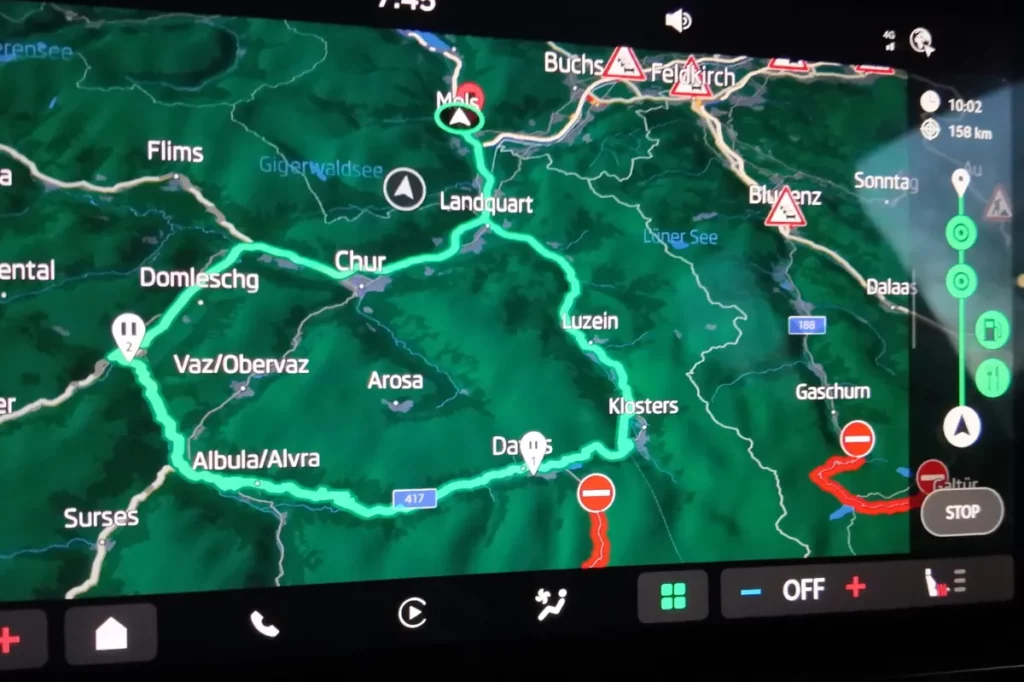
Test Results
- Total consumption: 21.7 kWh/100 km
- Efficiency loss compared to summer: +8.2 kWh/100 km
- Battery temperature during drive: Remained below 2°C
- Max recuperation and power output were reduced due to cold battery temperatures
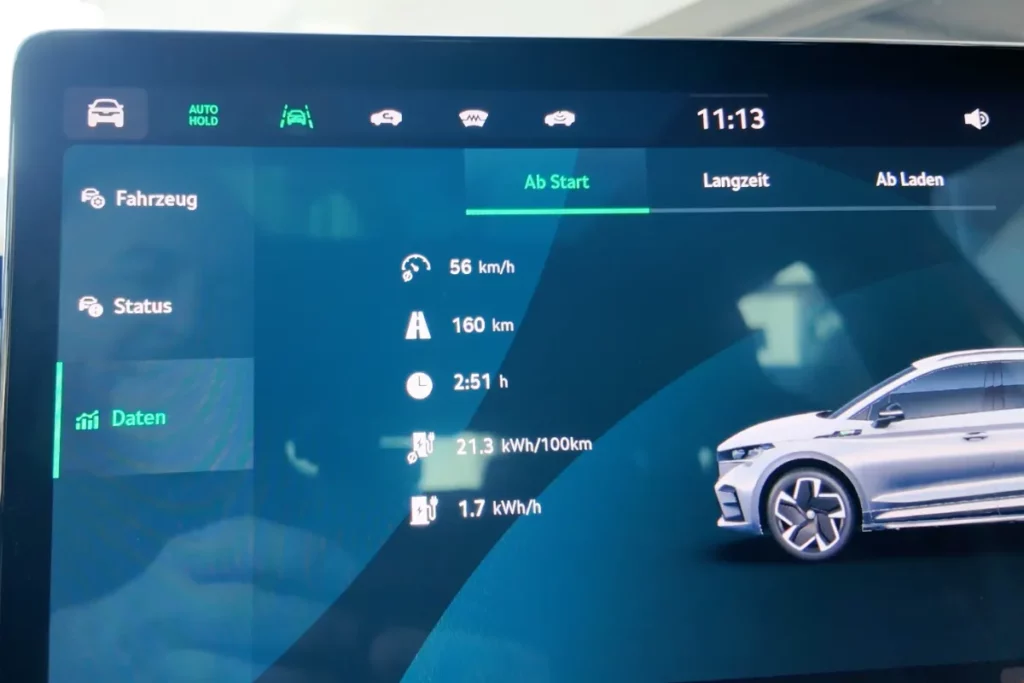
WaWhy Does Consumption Increase in Winter?
- Lower battery temperatures reduce usable capacity
- Denser cold air increases aerodynamic drag
- Winter tyres generate more rolling resistance
- Cabin heating draws additional energy
Conclusion
Despite all of these challenges, the ENYAQ remains impressively efficient – especially when you consider that a comparable diesel vehicle would use around 7 litres of fuel for the same route.

